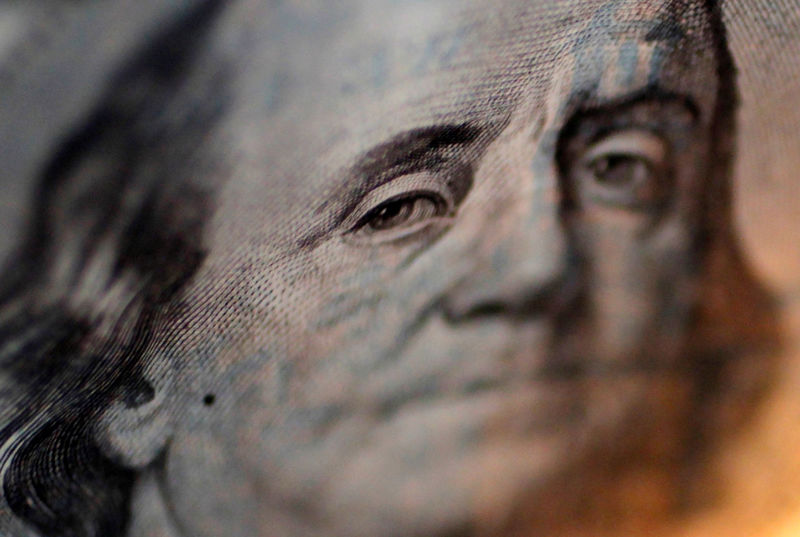 © Reuters.
© Reuters.
Investing.com -- Most Asian currencies moved in a flat-to-low range on Thursday amid persistent fears of slowing economic growth and rising interest rates, while the dollar steadied ahead of key economic readings on growth and inflation due later in the day.
China’s yuan was flat, but was less than 1% away from breaching the 7 level against the dollar, which would likely herald more weakness in the currency. Data showed that Chinese industrial profits shrank much more than expected in the first three months of the year, highlighting a largely uneven economic recovery in the country as the manufacturing sector struggles.
The Japanese yen was flat, but was sitting on some gains so far this week as the currency benefited from increased safe haven demand. Focus is now squarely on Tokyo inflation data, as well as a Bank of Japan meeting on Friday.
New BOJ Governor Kazuo Ueda signaled that the bank will largely maintain its ultra-dovish stance in the near-term, although high inflation and wage growth could spur some tightening later this year.
Broader Asian currencies weakened, with the South Korean won down 0.2%, while the Philippine peso also lost 0.2%. Most regional units were sporting losses for the week as fears of rising U.S. interest rates and a potential recession fueled demand for the dollar.
The Indian rupee rose 0.1%, while the Indonesian rupiah rallied 0.9%, with both currencies benefiting from recent losses in the oil market. The Australian dollar rose 0.3%.
The U.S. dollar fell slightly on Thursday, with the dollar index and dollar index futures losing about 0.1% each. The currency came under some pressure on Wednesday from data showing continued weakness in demand for U.S.-made goods, which points to a softer manufacturing sector.
Markets are now awaiting first-quarter GDP data, due later in the day, for more cues on potential slowdown in the world’s largest economy. The reading is expected to show some cooling in growth from the prior quarter, but is still expected to remain in expansion territory.
Focus is also on the personal consumption expenditures index - the Federal Reserve’s preferred inflation gauge, which is expected to show that inflation remained sticky, and well above the central bank’s 2% target in March.
The data comes ahead of a Fed meeting next week, where the bank is widely expected to hike interest rates by 25 basis points. But markets remain uncertain over the path of U.S. monetary policy, given that several Fed members recently called for more rate hikes despite cooling growth.

